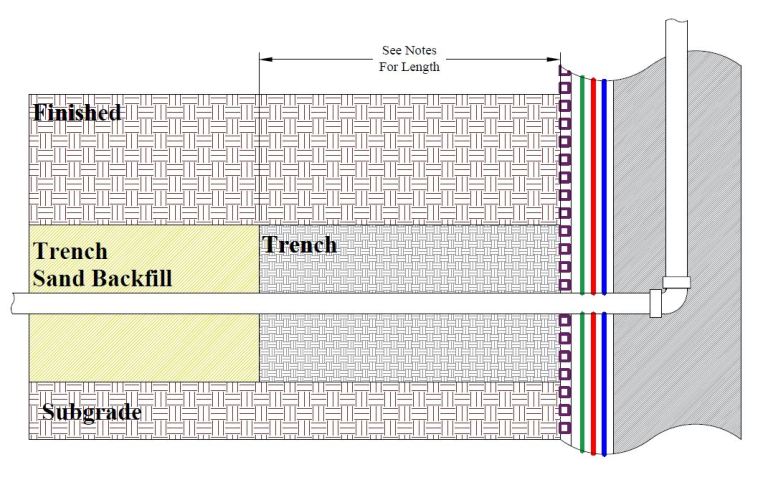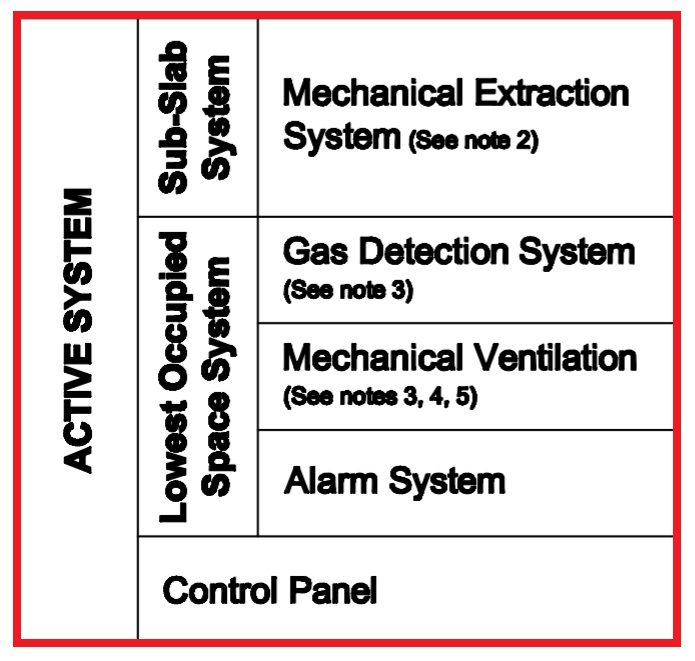Strike-Slip Fault or Transform Fault
Strike-Slip Fault (Transform Fault): In the field of geology, a strike-slip fault, or a transform fault, is a fault in which movement is parallel to the strike of the fault plane. The opposite of a strike-slip fault is a dip-slip fault.
Left-Lateral or Right-Lateral Strike-Slip Fault
A transform fault can be either left-lateral or right-lateral. This defines the type of strike-slip fault-movement. It is determined by selecting one block as a reference. And then examining the movement of the other block in relation to the referenced. To simplify, geology students and geologists in the field imagine themselves standing on the reference block, looking outward to the moving block.
Left-Lateral Strike-Slip Fault
For instance, a left-lateral strike-slip fault means the block opposite from which one is standing, moves left. The image below provides a block diagram of a left-lateral strike-slip fault or left-lateral transform fault. In this case, the field geologists would picture themselves standing on the blue block. Note the directions of the arrows.

Right-Lateral Strike-Slip Fault
A right-lateral transform fault means the block opposite from which one is standing upon is moving right. To illustrate, the image below provides a block diagram of a right-lateral strike-slip fault or right-lateral transform fault. Here, the geologists would imagine themselves on the red block. And please note the directions of the arrows.





